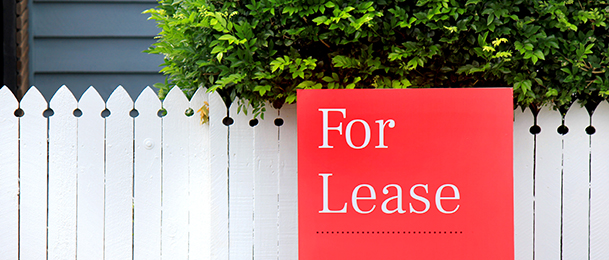The latest research into the real estate market has indicated the vacancy rate for residential dwellings fell slightly across Australia in September, with rental prices in the capital cities moving in the opposite direction.
The SQM analysis showed the overall residential property vacancy rate landed at 37,932 in September, representing a small fall from the total of 39,665, or a 0.1 per cent drop, recorded in the previous month.
The trend was driven by the experiences of the Perth, Canberra and Hobart markets, along with some regional areas.
To this end, Canberra’s vacancy rate dropped from 2.1 per cent in August to 2 per cent in September, while Perth witnessed a dip from 0.7 per cent to 0.6 per cent and Hobart a decline from 1.1 per cent to 0.8 per cent over the same period.
Melbourne on the other hand saw its vacancy rate for residential dwellings climb during the month from 1.6 per cent to 1.7 per cent, while Sydney’s rate reflected no change, remaining at 0.6 per cent.
The asking rents for residential properties rose by 0.5 per cent from a national perspective, although the experiences of the individual capital cities were varied.
Here Sydney, Perth and Brisbane saw a jump in rental prices of 0.9 per cent, 1.7 per cent and 1.5 per cent respectively. In contrast, Melbourne’s residential real estate asking rents slipped by 1.1 per cent.
The average weekly asking rent for capital cities in September was $836 for houses and $622 for apartments.
Commenting on the statistics, SQM research managing director Louis Christopher noted: “National rental vacancy rates fell slightly again in September and we are expecting another fall in October. However, this will mainly be a seasonal change and so we are not anticipating a reacceleration of rents for now, which have eased in recent months.
“However, the national rental market remains in severe shortage and barring some exceptions is not expected to materially soften out of the rental crisis for some years.
“Ongoing strong migration growth, initially forecasted by SQM to materially slow in 2024 towards federal budget targets, has not materially slowed. Total population expansion for this current calendar year is now expected to be higher than 500,000 people and so this rapid population growth will continue to keep pressure on the rental market.”


